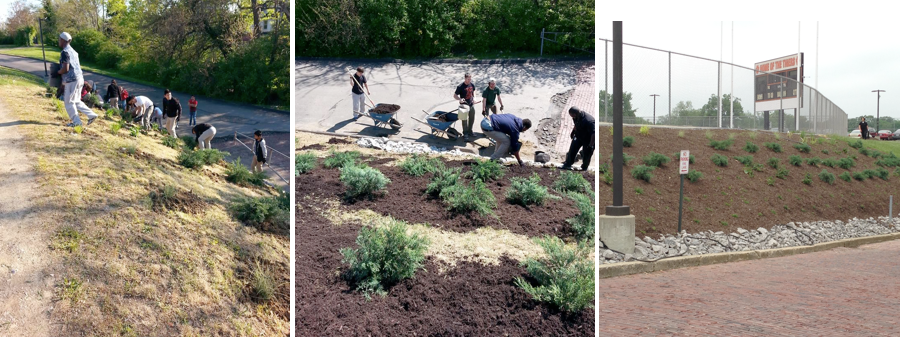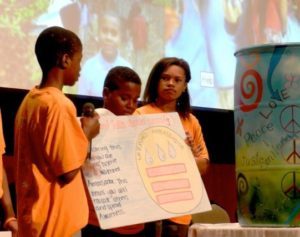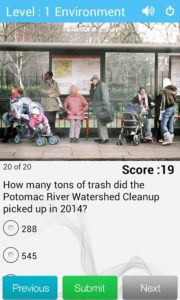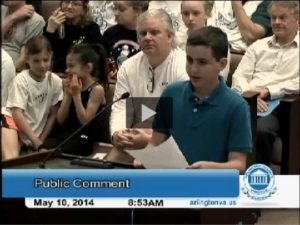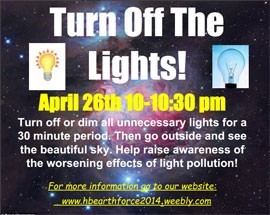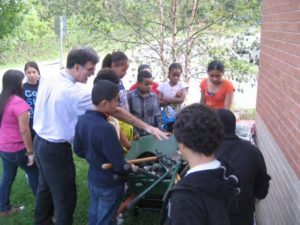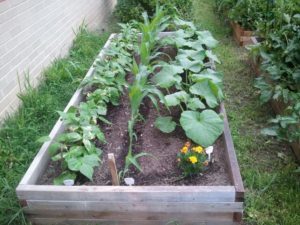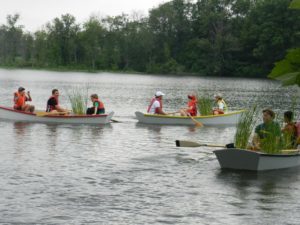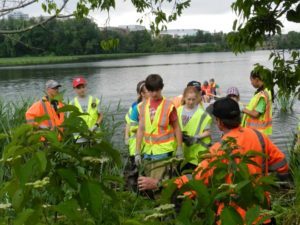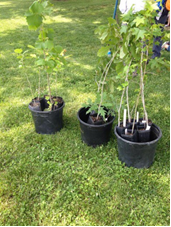2014, Cincinnati, Ohio, USA
The campus of Withrow High School is very large and open with a variety of areas that water can flow. At the bottom of each hill on campus, there are sewer drains, contributing directly to the problem of combined sewage overflow. Since the water is running straight into the drain and not being captured by plants or rain barrels, the sewage systems are flooded whenever there is intense rain. Dontaz Hadden and DeAaron Duskin noticed that near their school’s football field there was a dry dirt trail that results in an overflow of the drain and a large puddle when it rains. The water does not soak into the hillside along the fence since the hill is made of impervious clay.
To combat this runoff, Dontaz and DeAaron planted native grasses along the hill. The clay was dug up and replaced with healthy soil and compost, gravel was placed to serve as a walkway, and plants were planted. The Dusty Old Trail was replaced with a lively new one, bringing a breath of fresh air to Withrow’s campus.
